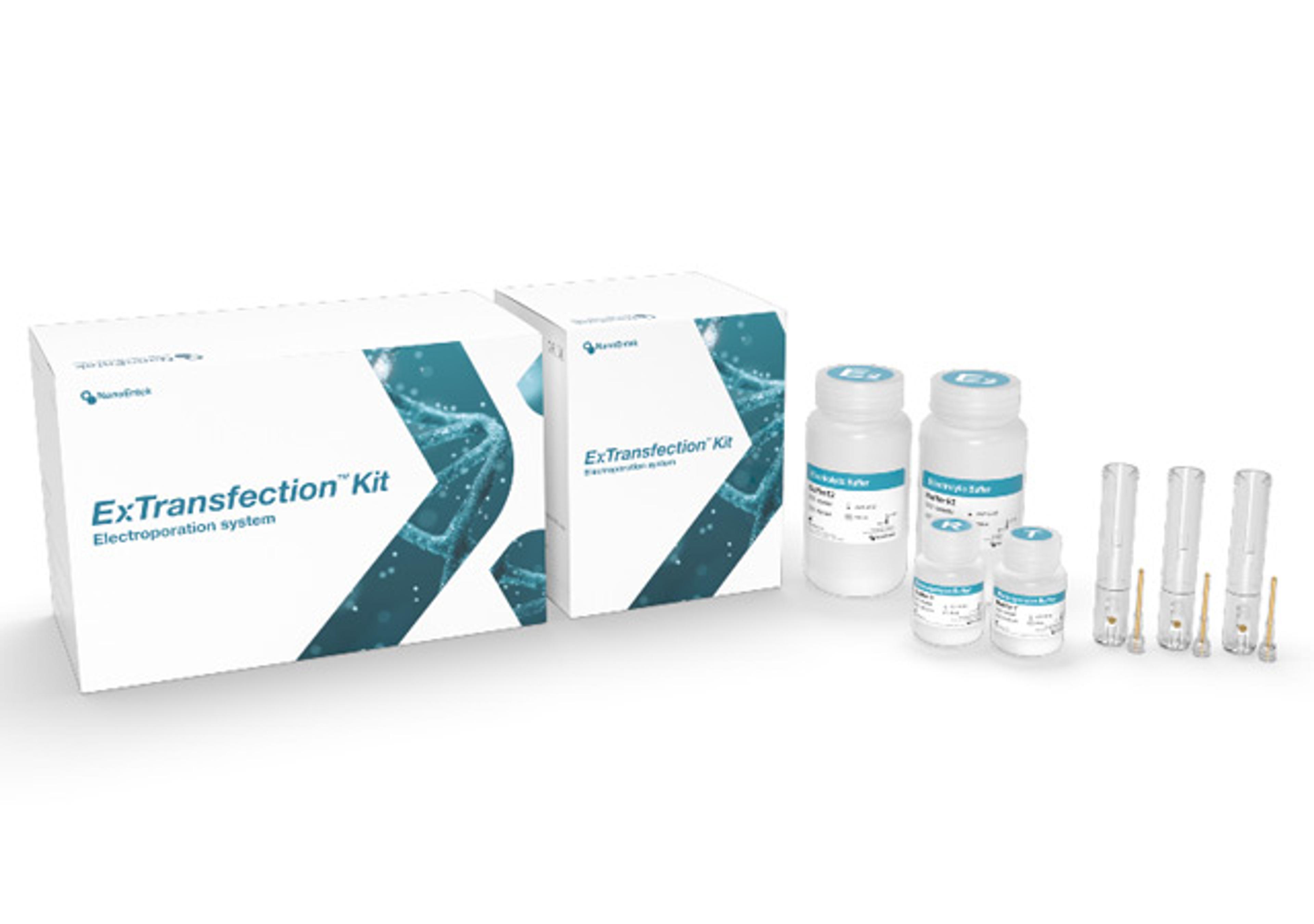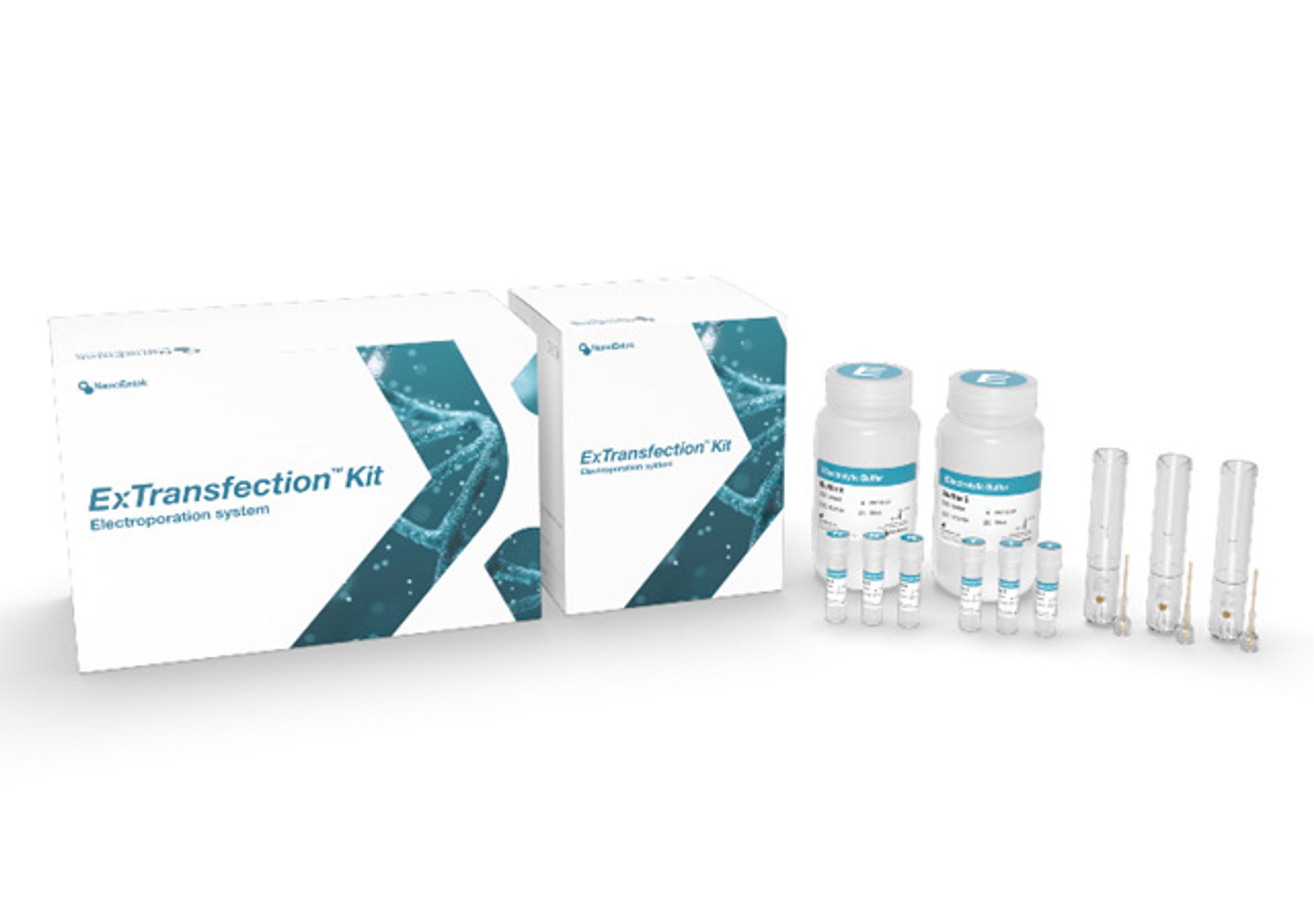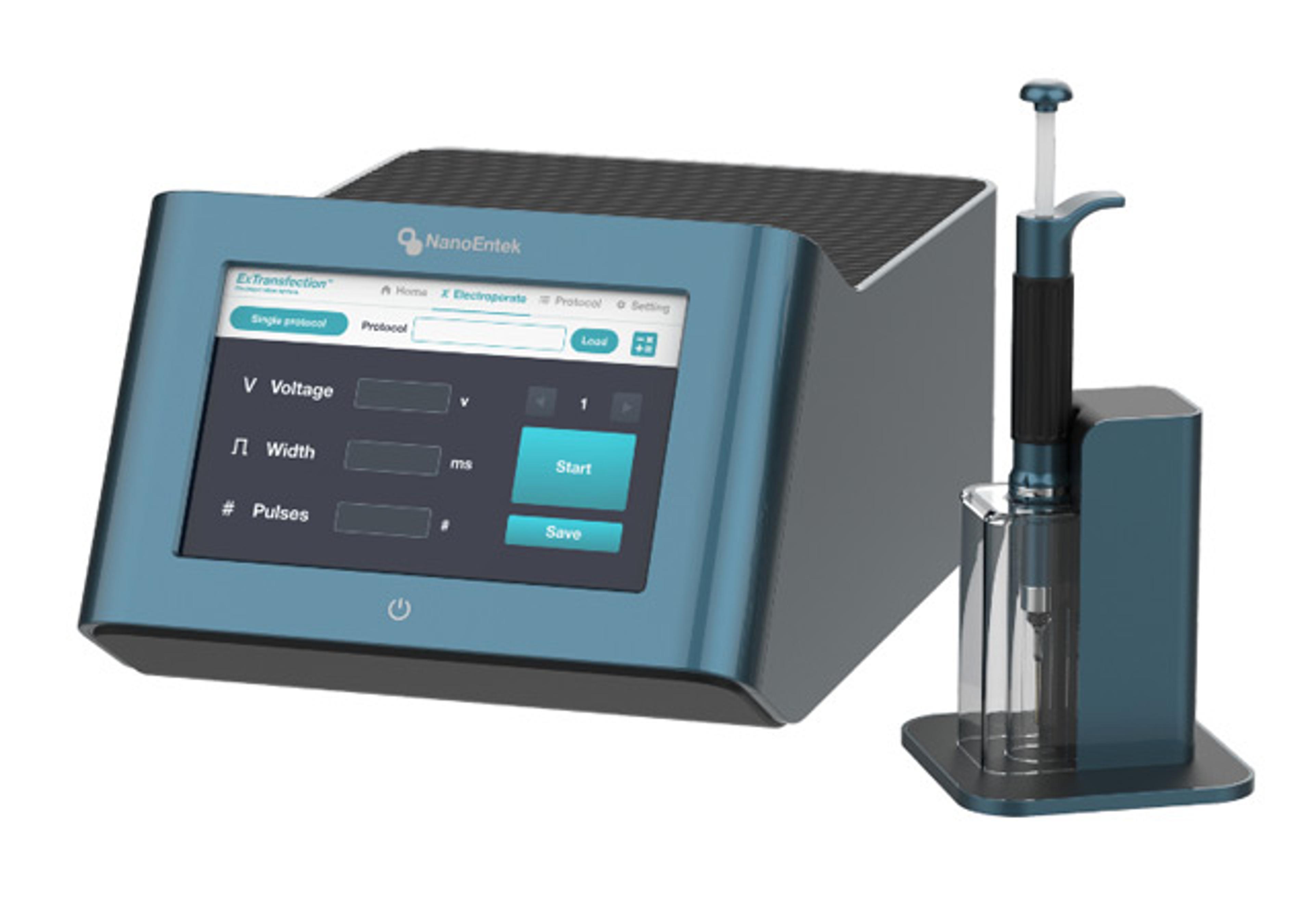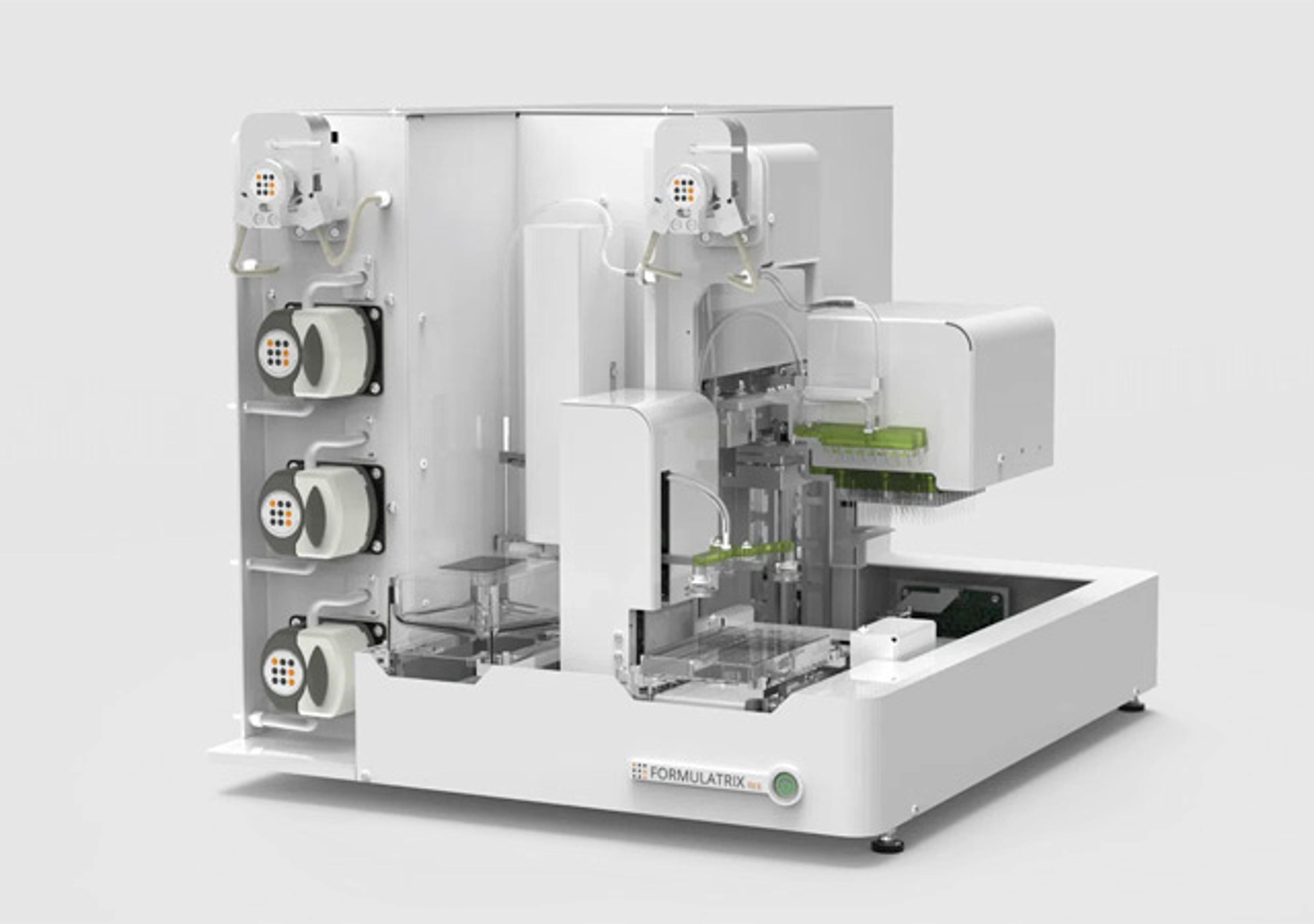Estradiol ELISA
High Quality Assays with Reproducible and Reliable Results

The supplier does not provide quotations for this product through SelectScience. You can search for similar products in our Product Directory.
Drug Discovery
The estradiol kit is extremely reliable in performance. We have been using this kit for the past several years and never had an issue with the quality of data obtained. The cost of the kit is also very reasonable. Further, the sales team is exceptionally good and very quick in responding to our needs.
Review Date: 31 Aug 2014 | DRG International Inc.
An enzyme immunoassay for the quantitative measurement of estradiol in serum and plasma. Estradiol (1,3,5(10)-estratriene-3,17Beta-diol; 17Beta-estradiol; E2) is a C18 steroid hormone with a phenolic A ring. This steroid hormone has a molecular weight of 272.4. It is the most potent natural Estrogen, produced mainly by the Graffian follicle of the female ovary and the placenta, and in smaller amounts by the adrenals, and the male testes (1,2,3). Estradiol (E2) is secreted into the blood stream where 98% of it circulates bound to sex hormone binding globulin (SHBG) and to a lesser extent to other serum proteins such as albumin. Only a small fraction circulates as free hormone or in the conjugated form (4,5). Estrogenic activity is affected via estradiol-receptor complexes which trigger the appropriate response at the nuclear level in the target sites. These sites include the follicles, uterus, breast, vagina, urethra, hypothalamus, pituitary and to a lesser extent the liver and skin. In non-pregnant women with normal menstrual cycles, estradiol secretion follows a cyclic, biphasic pattern with the highest concentration found immediately prior to ovulation (6,7). The rising estradiol concentration is understood to exert a positive feedback influence at the level of the pituitary where it influences the secretion of the gonadotropins, follicle stimulating hormone (FSH), and luteinizing hormone (LH), which are essential for follicular maturation and ovulation, respectively (8,9). Following ovulation, estradiol levels fall rapidly until the luteal cells become active resulting in a secondary gentle rise and plateau of estradiol in the luteal phase. During pregnancy, maternal serum Estradiol levels increase considerably, to well above the pre-ovulatory peak levels and high levels are sustained throughout pregnancy (10). Serum Estradiol measurements are a valuable index in evaluating a variety of menstrual dysfunctions such as precocious or delayed puberty in girls (11) and primary and secondary amenorrhea and menopause (12). Estradiol levels have been reported to be increased in patients with feminizing syndromes (14), gynaecomastia (15) and testicular tumors (16). In cases of infertility, serum Estradiol measurements are useful for monitoring induction of ovulation following treatment with, for example, clomiphene citrate, LH-releasing hormone (LH-RH), or exogenous gonadotropins (17,18). During ovarian hyperstimulation for in vitro fertilization (IVF), serum estradiol concentrations are usually monitored daily for optimal timing of human chorionic gonadotropin (hCG) administration and oocyte collection (19).The DRG Estradiol ELISA Kit is a solid phase enzyme-linked immunosorbent assay (ELISA), based on the principle of competitive binding. The microtiter wells are coated with a polyclonal [rabbit] antibody directed towards an antigenic site of the estradiol molecule. Endogenous estradiol of a patient sample competes with an estradiol-horseradish peroxidase conjugate for binding to the coated antibody. After incubation the unbound conjugate is washed off. The amount of bound peroxidase conjugate is inversely proportional to the concentration of estradiol in the sample. After addition of the substrate solution, the intensity of colour developed is inversely proportional to the concentration of estradiol in the patient sample.


















